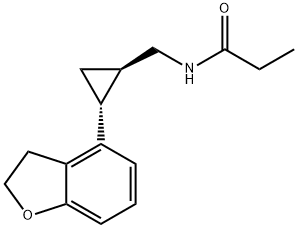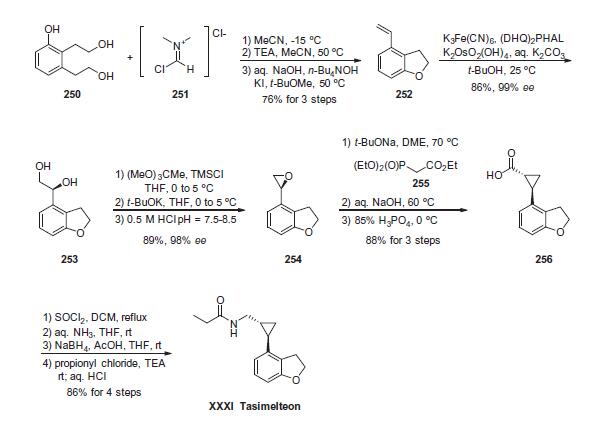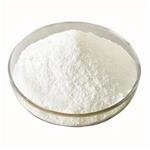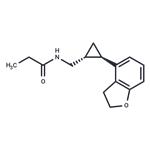
Tasimelteon
- Product NameTasimelteon
- CAS609799-22-6
- CBNumberCB41518537
- MFC15H19NO2
- MW245.32
- MDL NumberMFCD09033789
- MOL File609799-22-6.mol
Chemical Properties
| Melting point | 78 °C |
| Boiling point | 442.6±24.0 °C(Predicted) |
| Density | 1.145 |
| storage temp. | 2-8°C |
| solubility | Chloroform (Slightly), Methanol (Slightly) |
| pka | 16.43±0.46(Predicted) |
| form | Solid |
| color | White to Off-White |
| FDA UNII | SHS4PU80D9 |
| ATC code | N05CH03 |
| UNSPSC Code | 12352200 |
| NACRES | NA.77 |
Safety
| Symbol(GHS) |
 
|
|||||||||
| Signal word | Warning | |||||||||
| Hazard statements | H336-H361 | |||||||||
| Precautionary statements | P201-P308+P313 | |||||||||
| HS Code | 2937.90.9000 | |||||||||
| NFPA 704: |
|



